How to convert your oven temperature from Celsius to Fahrenheit for cooking or Fahrenheit to Celsius, including changing 350 Fahrenheit to Celsius or 180 Celsius to Fahrenheit or 425 F to 220 C, plus a free temperature conversion chart.
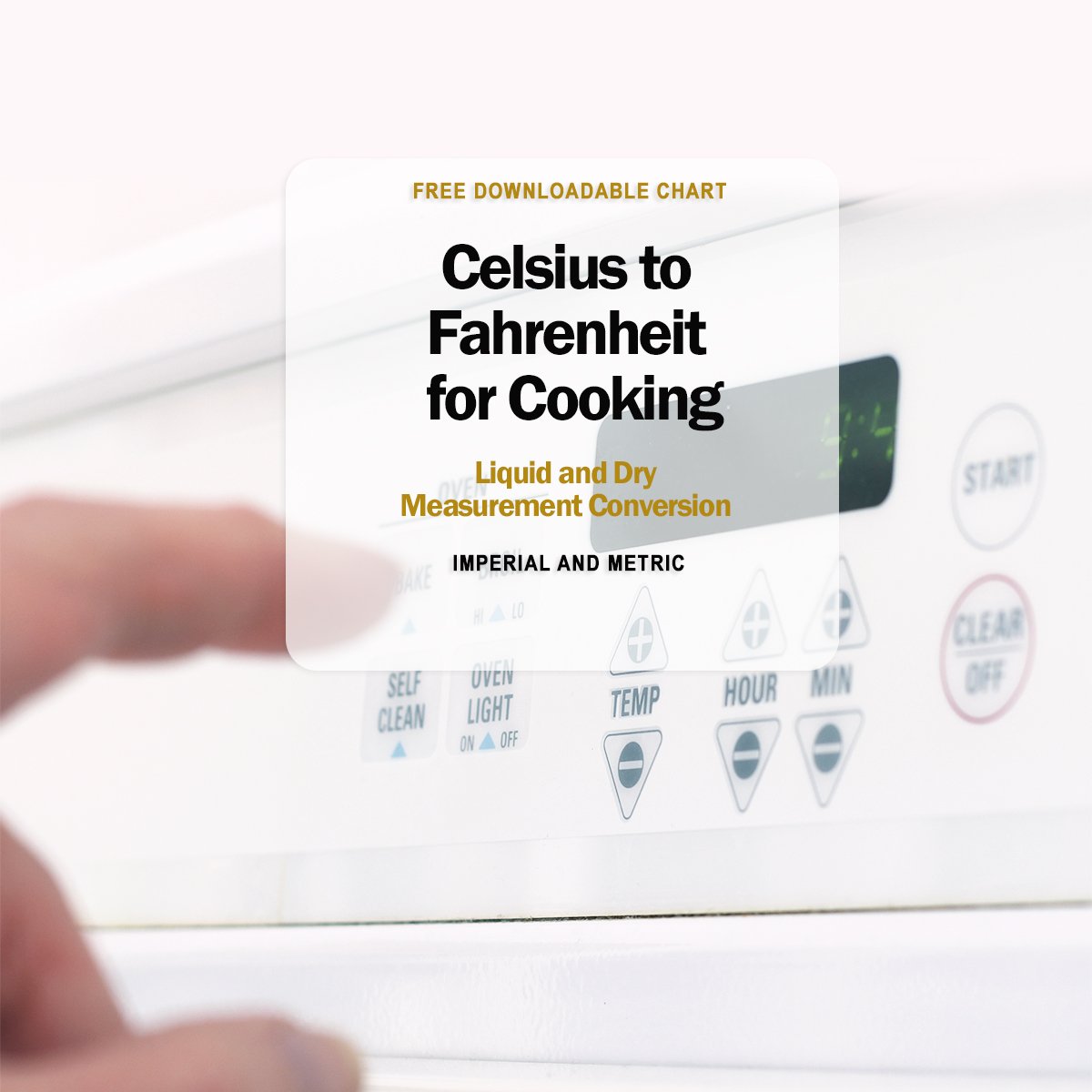
Changing temperatures in a recipe from Celsius to Fahrenheit for cooking is fairly easy. Just subtract 32 from the Fahrenheit temperature and then multiplying the result by 5/9.
Some common conversions you should have in your back pocket include 425 F to C, or 350 Fahrenheit to Celsius, 220 C to F, and 180 Celsius to Fahrenheit.
For a list of conversions, I have provided a free Celsius to Fahrenheit chart below that lists most oven temperatures you will ever need to convert.
Jump to:
- Why Convert?
- Different Temperature Scale Systems
- History of Celsius & Fahrenheit
- Will United States Adopt Celsius?
- A Guide to Oven Temperatures
- Helpful Common Oven Temperatures
- 📌FREE Celsius to Fahrenheit Cooking Temperature Chart
- Formula to Convert Celsius to Fahrenheit
- List of C to F Conversions
- What are Boiling & Freezing Points?
- FAQS
- More Cooking Conversion Resources
Why Convert?
You'll likely need to convert C to F if you come across a recipe using the opposite measurement system that you are fluent in. For instance, USA recipes will likely have Fahrenheit measurements, while recipes written by most everyone else in the world will be in Celsius.
This means a recipe written from someone using the Celsius system will ask you to bake your cake at 180 C. But if you want to know that number in Fahrenheit, you'll need to convert this number because 176 degrees C is not the same as 176 degrees F.
Also if you are traveling outside of the USA, you'll want to be familiar with the Celsius system of oven temperatures. And if you are interested in cooking conversions, you might want to visit my kitchen cooking measuring chart post.
Different Temperature Scale Systems
There are actually more than two temperature systems used around the world. For instance, there is the Gas Mark scale used in the United Kingdom and Ireland. But since I am a USA recipe creator, in this post I will focus on Celsius and Fahrenheit.
Celsius (℃) : Since the 1800s, the Celsius temperature scale has been the preferred temperature scale in most countries around the world not only for baking and cooking, but also for weather references and other science-based issues.
Fahrenheit (℉) : The Fahrenheit scale is mainly used by the United States and a few Caribbean islands. Also for cooking and weather references, although there is a minor push for the switch to Celsius.
History of Celsius & Fahrenheit
The Celsius scale, named after Anders Celsius, was invented in 1742, is based water, dictating that the freezing point of water is 0 degrees Celsius, and the boiling point of water is 100 degrees Celsius. Celsius is a common unit of temperature measurement, especially for European countries.
But it wasn't always.
The Fahrenheit scale, named after Daniel Gabriel Fahrenheit, was invented before Celsius, in 1724, the early 18th century and was used worldwide even after the Celsius system was invented twenty years later. It is based on a different water scale - the freezing point is 32 degrees Fahrenheit, and the boiling point is 212 degrees.
It was used worldwide until Sweden, where the Celsius scale originated, officially adopted it in 1860. Other European countries followed suit in the decades that followed. The transition to Celsius was generally completed across Europe the early 1900s.
Will United States Adopt Celsius?
The founding fathers of the United States brought the Fahrenheit scale with it from Europe where it was embraced at the time. As recently as 1965, there was a government effort to switch to Celsius, but it is voluntary and accomplished little. Although some experts say an eventually switch for the United States to Celsius is inevitable, thus far there has been no widespread progress.
👉Want to Save This Recipe?
The Fahrenheit scale remains deeply ingrained in American culture, including weather reports, road signs, and everyday life. While some scientific and international contexts use Celsius in the U.S., the broader adoption of Celsius in everyday use has not gained significant traction. Any progress towards a switch to Celsius would require substantial educational campaigns and changes in infrastructure, which have not been actively pursued on a national scale.
A Guide to Oven Temperatures
So it sounds like it might be a while before we have a uniform temperature system worldwide. Some recipes will record temperatures in Fahrenheit or F and others will use Celsius or C. Understanding Fahrenheit and Celsius conversions can aid in following recipes from various sources, as they may use different units.
Temperature control didn't arrive in kitchen ovens until the 1940s. It was at that point that the home cook became interested in choosing oven temperatures. In general, cooking temperatures that hover around 350°F (180°C) are for baking and low-medium cooking. Higher and hotter temperatures are those around 425°F (220°C) which are for roasting and broiling.
The Magic of Cooking at 350 Degrees F (180 Degrees C)
It was at that point too that the magic of 350°F (180°C) became apparent. This is a temperature that dominates recipes - it seems it is the right temperature to cook so many foods. Scientists call it the Maillard Reaction, a chemical temperature that gives many foods the perfect golden top, inner flavor and the perfect temperature to combine sugar and proteins.
Before I share a formula that will allow you to easily switch back and forth between Celsius to Fahrenheit, first I'll provide some common oven temperatures for cooking.
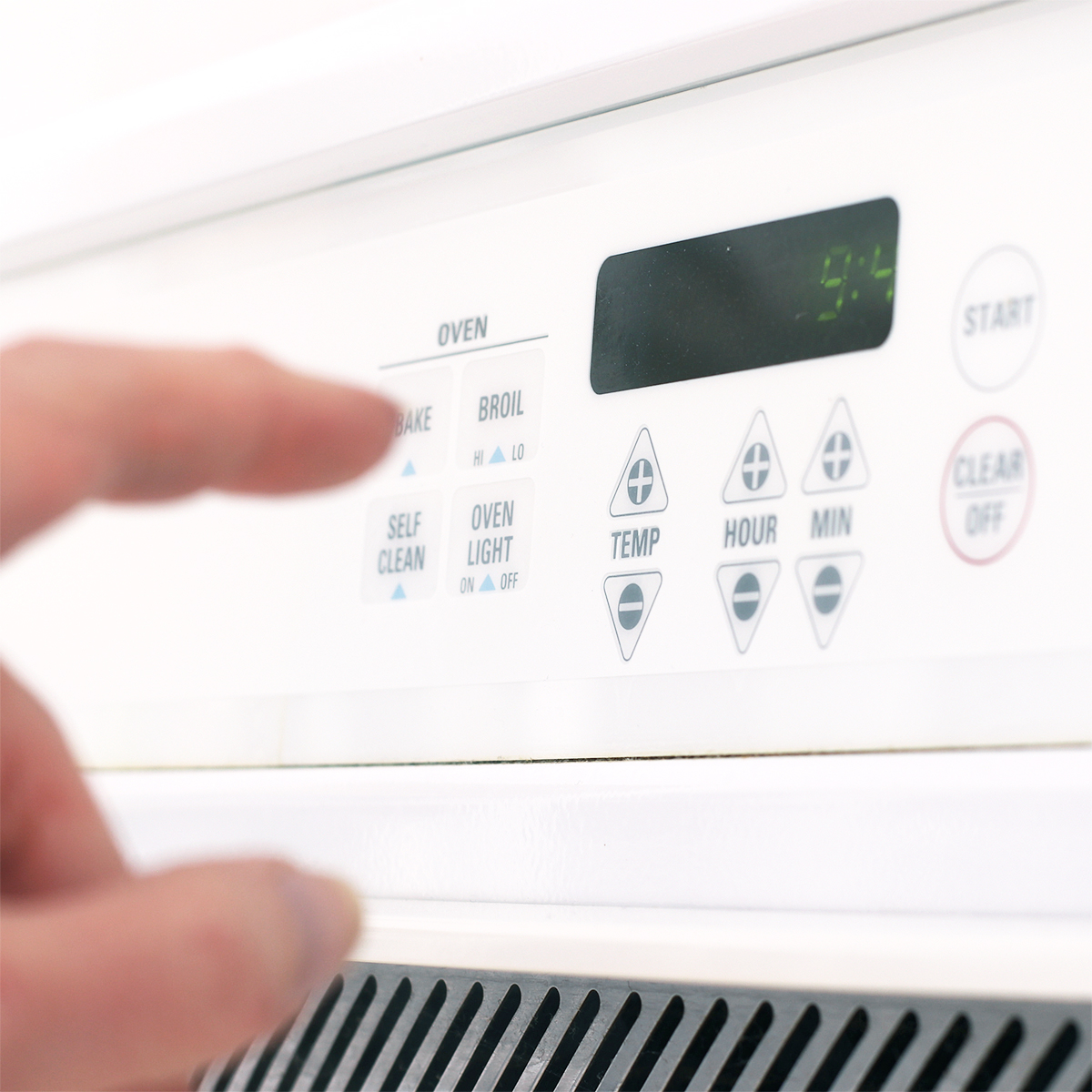
Helpful Common Oven Temperatures
250°F is equal to 130°C. For slow-cooking, dehydrating or warming food.
275°F is equal to 140°C. For warning food, or browning the tops of pasta, proteins and vegetables.
300°F is equal to 150°C. For slow cooking and some baking.
325°F is equal to 165°C. For cooking and baking some cakes, cookies, brownies, and bread.
350°F is equal to 180°C. The magic temperature. Best for most cooking and baking recipes, from vegetables, pastas to all kinds of baking including breads, cakes, cookies, brownies and pies.
375°F is equal to 190°C. For baking some cookies and other baked goods that require a hotter cook.
400°F is equal to 200°C. For proteins, vegetables, pastas, pizzas and for roasting vegetables, and crisping fried foods.
425°F is equal to 220°C. For roasting proteins, vegetables, crisping friend foods.
450°F is equal to 230°C. For top roasting, broiling, and some unique recipes that require hotter temperatures.
475°F is equal to 240°C. For broiling, roasting, and oven-fried foods.
📌FREE Celsius to Fahrenheit Cooking Temperature Chart
Here is the Celsius and Fahrenheit chart that you can either pin or screenshot to keep on your phone for your convenience.
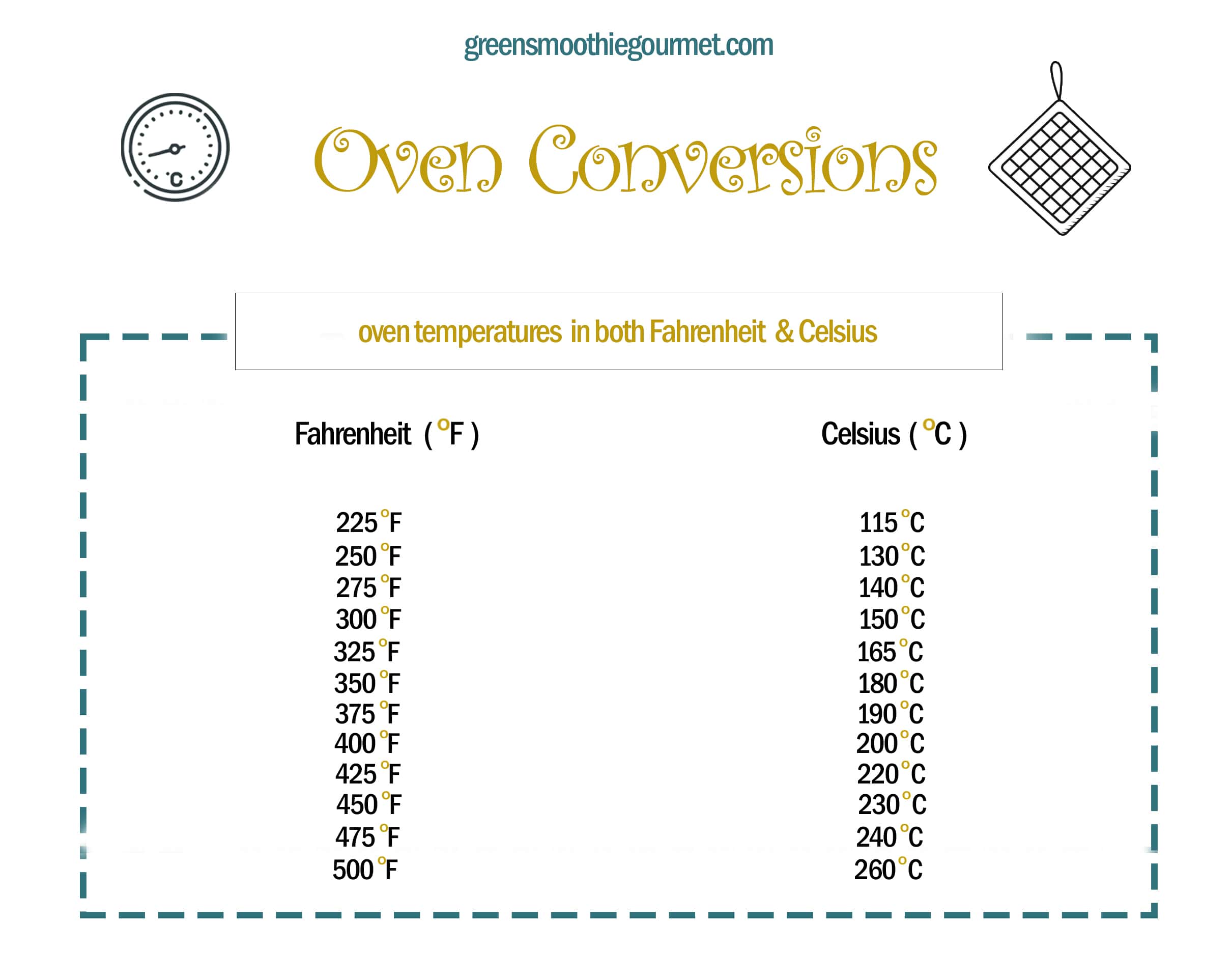
Formula to Convert Celsius to Fahrenheit
Use this mathematical formula to convert a temperature from Celsius to Fahrenheit or Fahrenheit to Celsius.
°F = (°C × 1.8) + 32
Follow these steps to do the math to convert a temperature from Celsius to Fahrenheit. This formula also works of course if you want to convert a Fahrenheit temperature to Celsius, just solve for Fahrenheit.
Math to Convert C to F:
Here are the mathematical steps to convert a temperature from Fahrenheit to Celsius:
Step 1: Multiply the Celsius temperature that you want to convert by 1.8.
Step 2: Add 32 to that result and that is your new Fahrenheit temperature, converted from Celsius.
Math to Convert F to C:
The steps to convert a temperature from Fahrenheit to Celsius are even simpler:
Step 1: Subtract 32 from the Fahrenheit temperature you are converting.
Step 2: Divide that result by 1.8. and that is your new Celsius temperature, converted from Fahrenheit.
Expert note: The formula can be off by as much as 5-6 points as there is a lot of rounding off between the Celsius and Fahrenheit systems. For instance, the formula converts 180 C to 356 F and converts 350 F to 176 C. However, it is generally accepted that 180 C converts to 350 F, the magic number for baking.
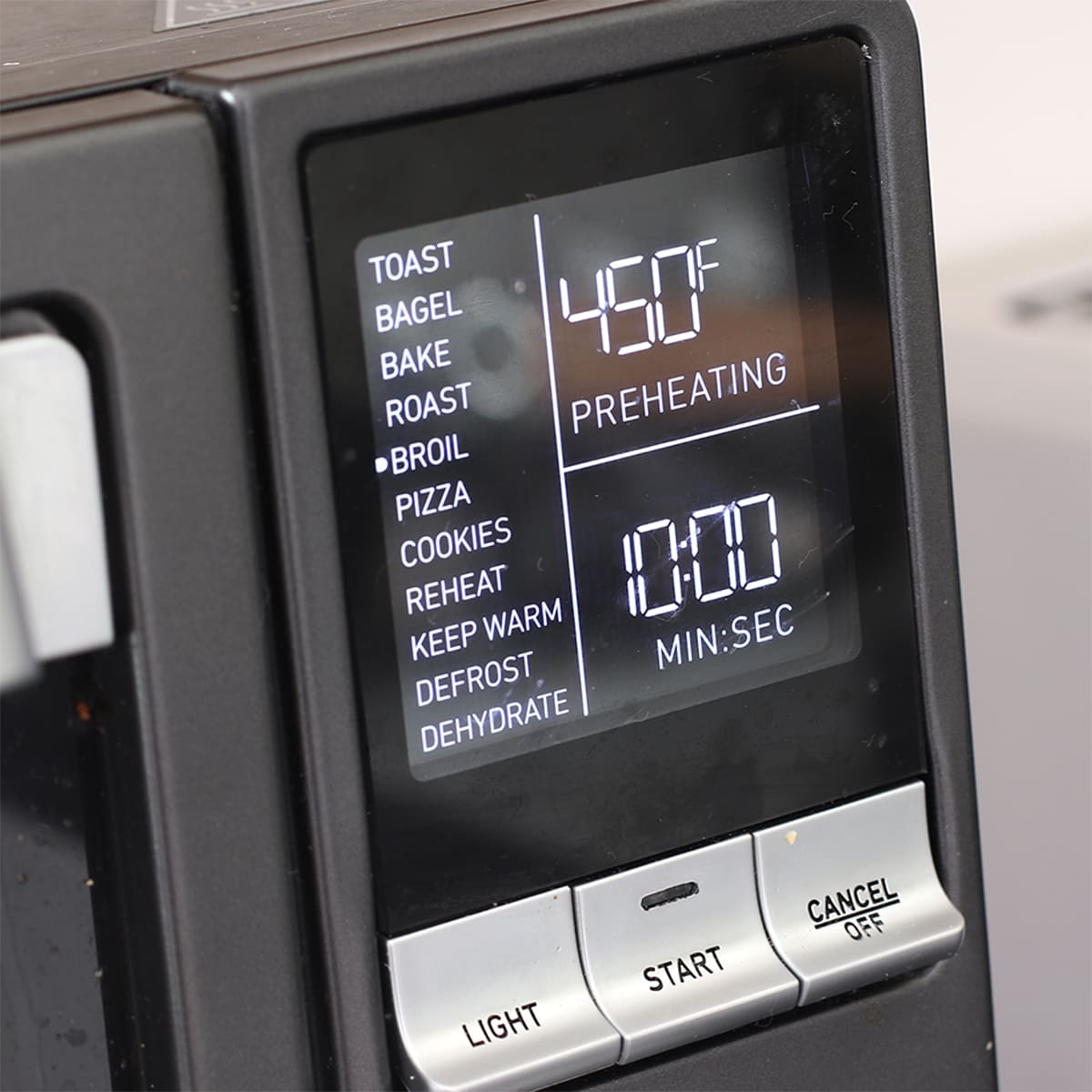
List of C to F Conversions
Here is a more precise list of Celsius to Fahrenheit temperatures ranging from 0 C to 500 F, in case you wish to not use the mathematical formula.
0°C = 32°F
5°C = 41°F
10°C = 50°F
15°C = 59°F
20°C = 68°F
25°C = 77°F
30°C = 86°F
35°C = 95°F
40°C = 104°F
45°C = 113°F
50°C = 122°F
55°C = 131°F
60°C = 140°F
65°C = 149°F
70°C = 158°F
75°C = 167°F
80°C = 176°F
85°C = 185°F
90°C = 194°F
95°C = 203°F
100°C = 212°F
105°C = 221°F
110°C = 230°F
115°C = 239°F
120°C = 248°F
125°C = 257°F
130°C = 266°F
135°C = 275°F
140°C = 284°F
145°C = 293°F
150°C = 302°F
155°C = 311°F
160°C = 320°F
165°C = 329°F
170°C = 338°F
175°C = 347°F
180°C = 350°F
185°C = 365°F
190°C = 374°F
195°C = 383°F
200°C = 392°F
205°C = 401°F
210°C = 410°F
215°C = 419°F
220°C = 425°F
225°C = 437°F
230°C = 446°F
235°C = 455°F
240°C = 464°F
245°C = 473°F
250°C = 482°F
255°C = 491°F
260°C = 500°F
What are Boiling & Freezing Points?
The boiling point of water is 100 degrees Celsius and 212 degrees Fahrenheit. The freezing point of water is 0 degrees Celsius and 32 degrees Fahrenheit.
FAQS
To easily convert C to F, multiply the Celsius temperature that you want to convert by 1.8. Add 32 to that result and that is your new Fahrenheit temperature.
To convert a Celsius temperature into Fahrenheit multiply the Celsius by 9, divide by 5 and add 32.
20 Degrees C is 68 F.
The formula to convert Celsius to Fahrenheit is: °F = (°C × 1.8) + 32
The formula to convert Fahrenheit to Celsius is: °C = (°F – 32) ÷ 1.8
The Fahrenheit and Celsius temperature scales match at -40 degrees.
400 degrees F is 200 C.
Converting 32 C to F results in 90 F, rounded off.
More Cooking Conversion Resources
If you found this basic kitchen measurement post helpful, you might also like some of my other measurement posts including how many teaspoons are in a tablespoon and even my Kitchen Measuring conversion chart.
Also, if you tried any recipe on my website, please leave a recipe with a 🌟🌟🌟🌟🌟 star rating and let me know your thoughts and ideas in the 📝 comments below. Thanks for visiting!

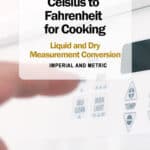
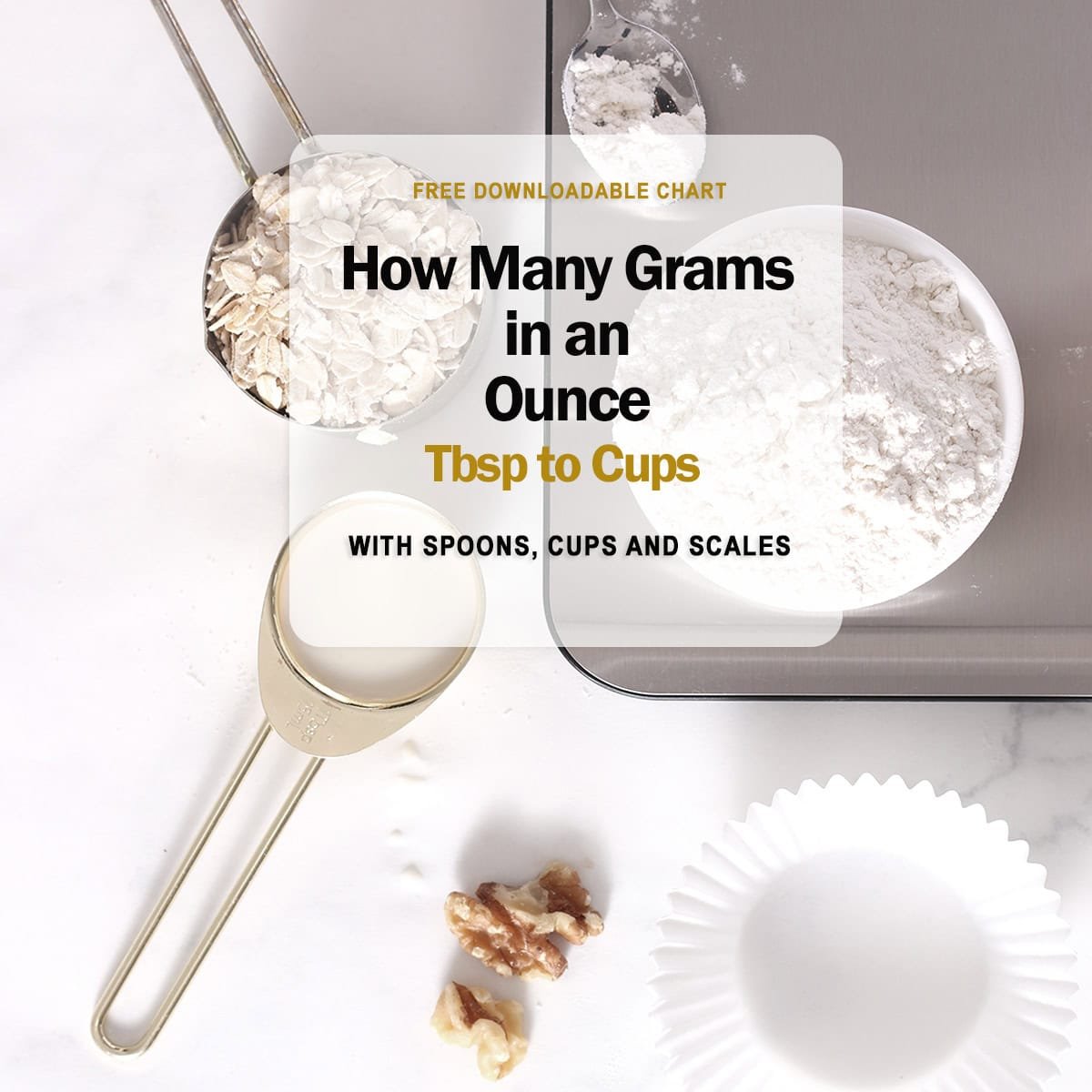
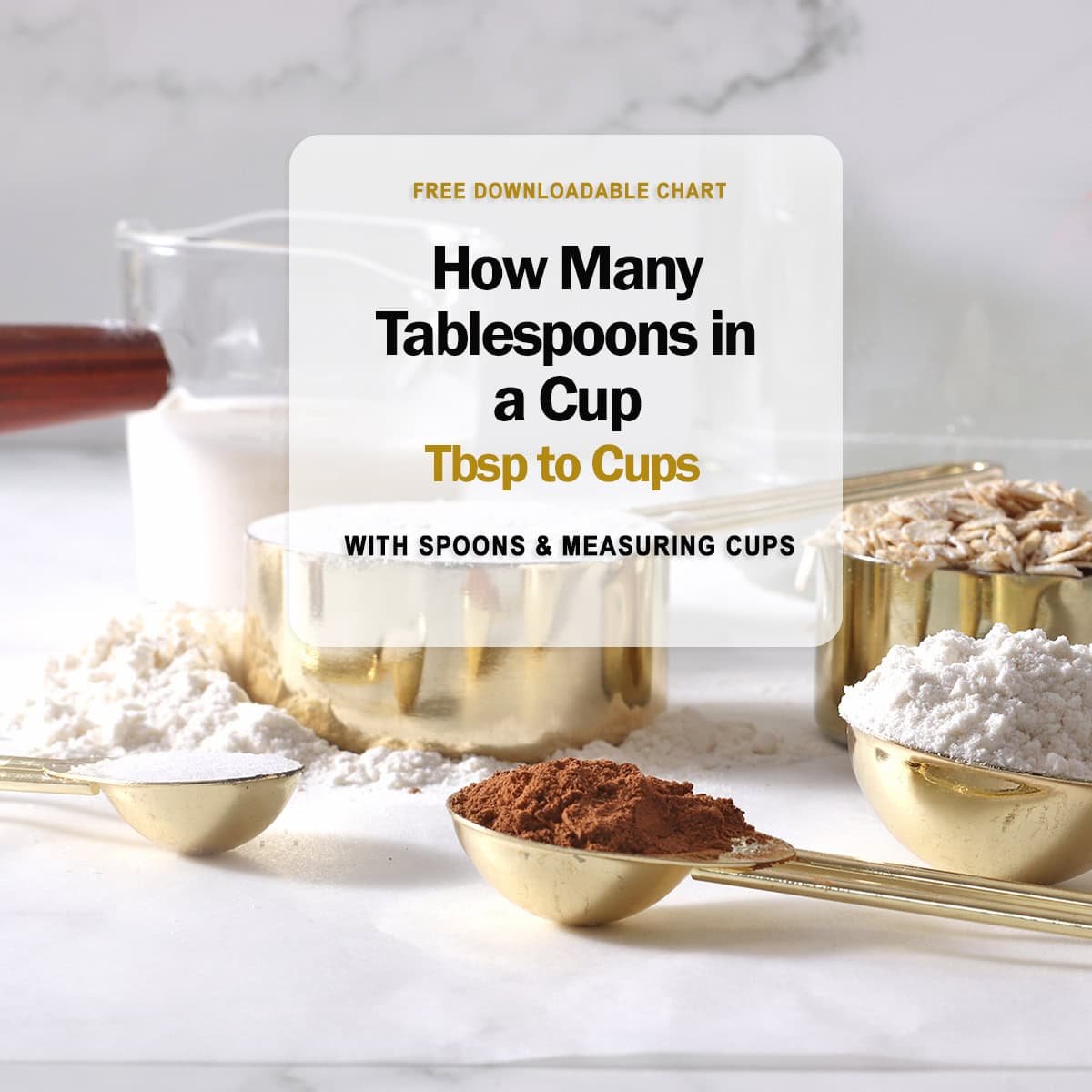

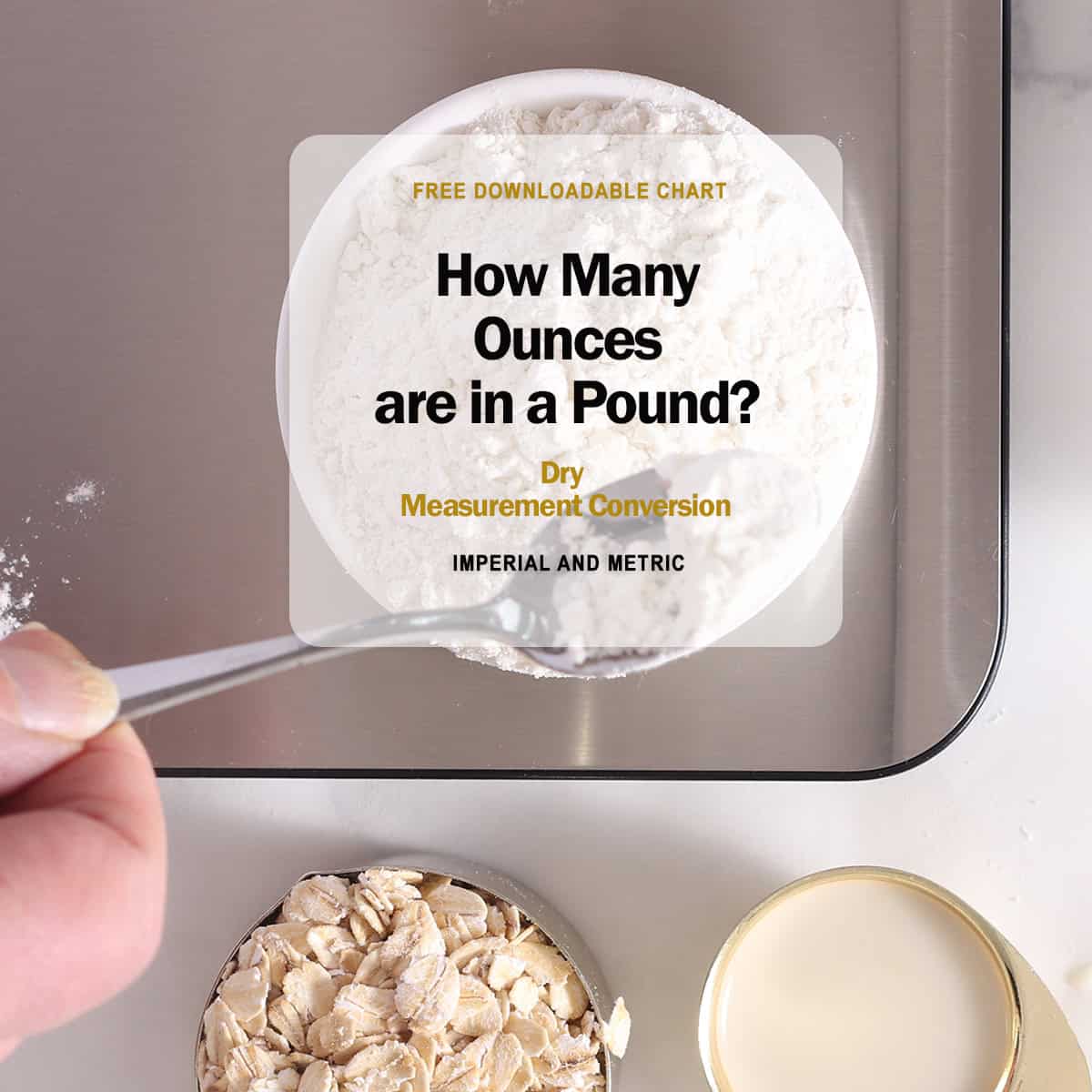
Leave a Reply